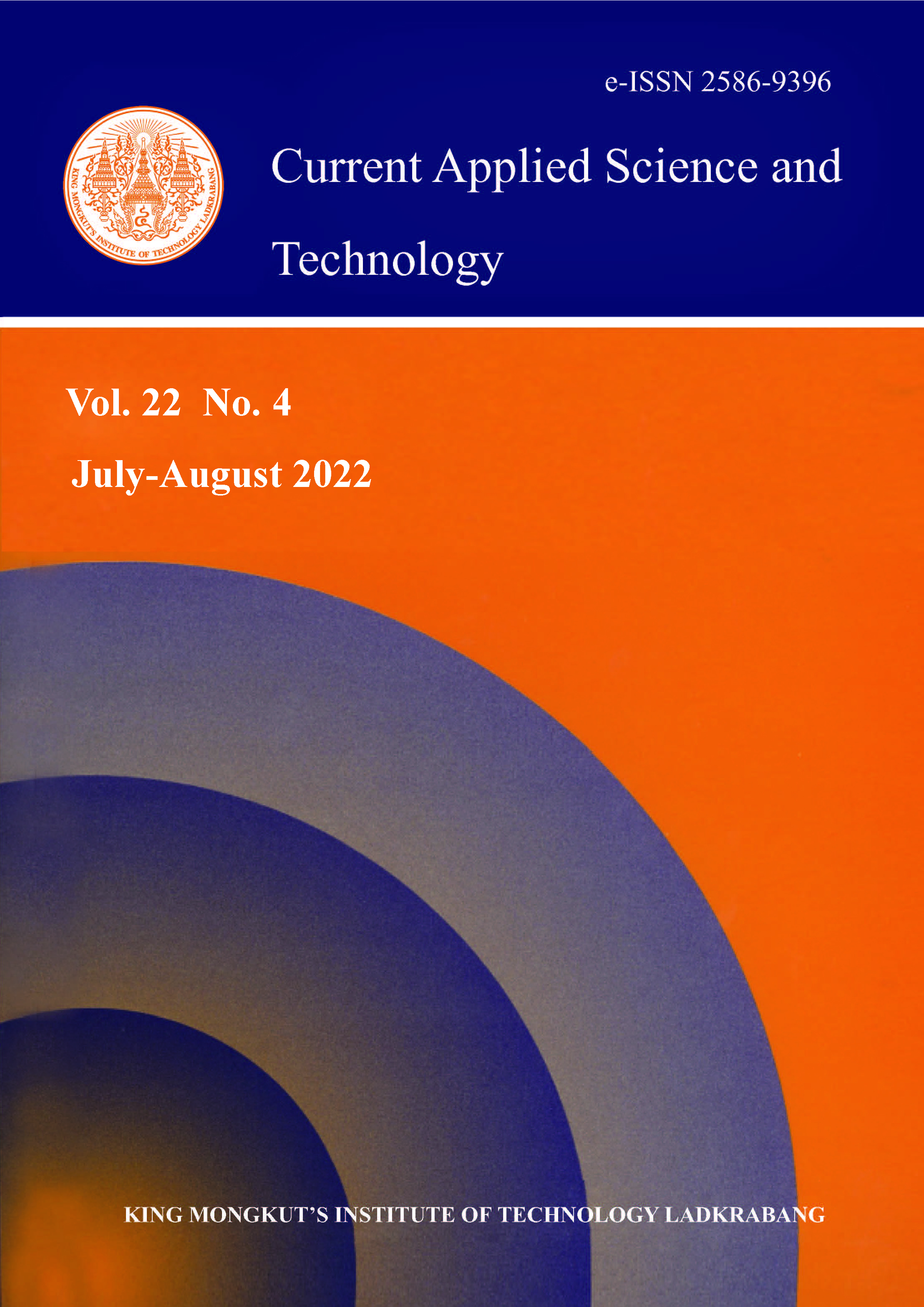The life span, efficiency and safety of lithium-ion batteries can be enhanced by temperature reduction and heat transfer optimization. The current research focuses on the cooling of lithium-ion batteries by reducing their temperature with optimized aluminum plates, which act like fins and carry away the heat due to convection in between the cells. For that, a seven cell battery pack model was built and cooling was done with air as a medium, which was manually passed through the system at a specified velocity using a blower. Considering the safety and cost as a key factors, dummy cells made of aluminum plates with heating coils inside were used rather than the original Li-ion battery for experimental studies. Numerical investigation of the temperature distribution on fins and the factors affecting the temperature reduction were performed. Free convection and forced convection methods were considered for the model using various calculated film coefficients. A reduction of 10oC to 20oC in temperature can be achieved using air which flows at a velocity of 8.5m/s. Numerical results are compared with the experimental results and the differences are discussed.
Keywords: air cooling; Li-ion battery; CFD; BTMS; film coefficient; heat transfer coefficient
*Corresponding author: Tel.: +91 9442054281; Fax: +91 863 2388999
E-mail: muralinitt@gmail.com
Jayabalan, J. undefined. ., Govindarajan*, M. undefined. ., Madhav, V. V. undefined. ., & Sabareesaan, K. undefined. J. . (2021). Thermal Management for Green Vehicle Batteries under Natural and Forced Convection Modes. CURRENT APPLIED SCIENCE AND TECHNOLOGY, DOI: 10.55003/cast.2022.04.22.002 (21 pages). https://doi.org/10.55003/cast.2022.04.22.002

